Hot composting is a type of composting that occurs faster due to the heat.
Cold Composting
Cold composting is your run-of-the-mill composting where you put your organic materials into a container together and do nothing but wait. You need patience with this method. However, it’s far easier because you have minimal effort.
Hot Composting
Hot composting is different than cold composting. It requires heat to speed the decomposition.
All composting piles create a certain amount of heat when the matter breaks down. The bacteria and fungus produce this heat.
Firstly, you need the right balance of matter. You need to have the right amount of carbon-rich to nitrogen-rich ingredients. This balance is largely debated. These are sometimes called brown matter and green matter respectively.
Another key component to hot composting is stirring. You need to regularly stir the contents of your compost to ensure the decomposition happens throughout.
Finally, your compost needs to stay warm. Therefore, it is best to keep in sunlight and refrain from composting over winter using this method.
Why Compost?
Composting is a great way to get rich soil for your garden. Additionally, it is better for the environment since organic matter doesn’t decompose as well in the landfill as your compost bin.
What Can You Compost?
There are a lot of things you can compost. All vegetable scraps, yard clippings, and coffee grounds can be hot composted. Additionally, crushed up egg shells are great in compost!
You shouldn’t compost animal waste, fat, grease, or meat. Additionally, you shouldn’t compost things with seeds that you don’t want to randomly grow next year. I’ve had pumpkins sprout out of my compost, which is fun. What wouldn’t be fun is something like stinging nettles spreading through your entire garden!
As a carpenter, I also know you can compost sawdust. Sawdust is incredibly carbon-rich and uses up nitrogen when it decomposes.
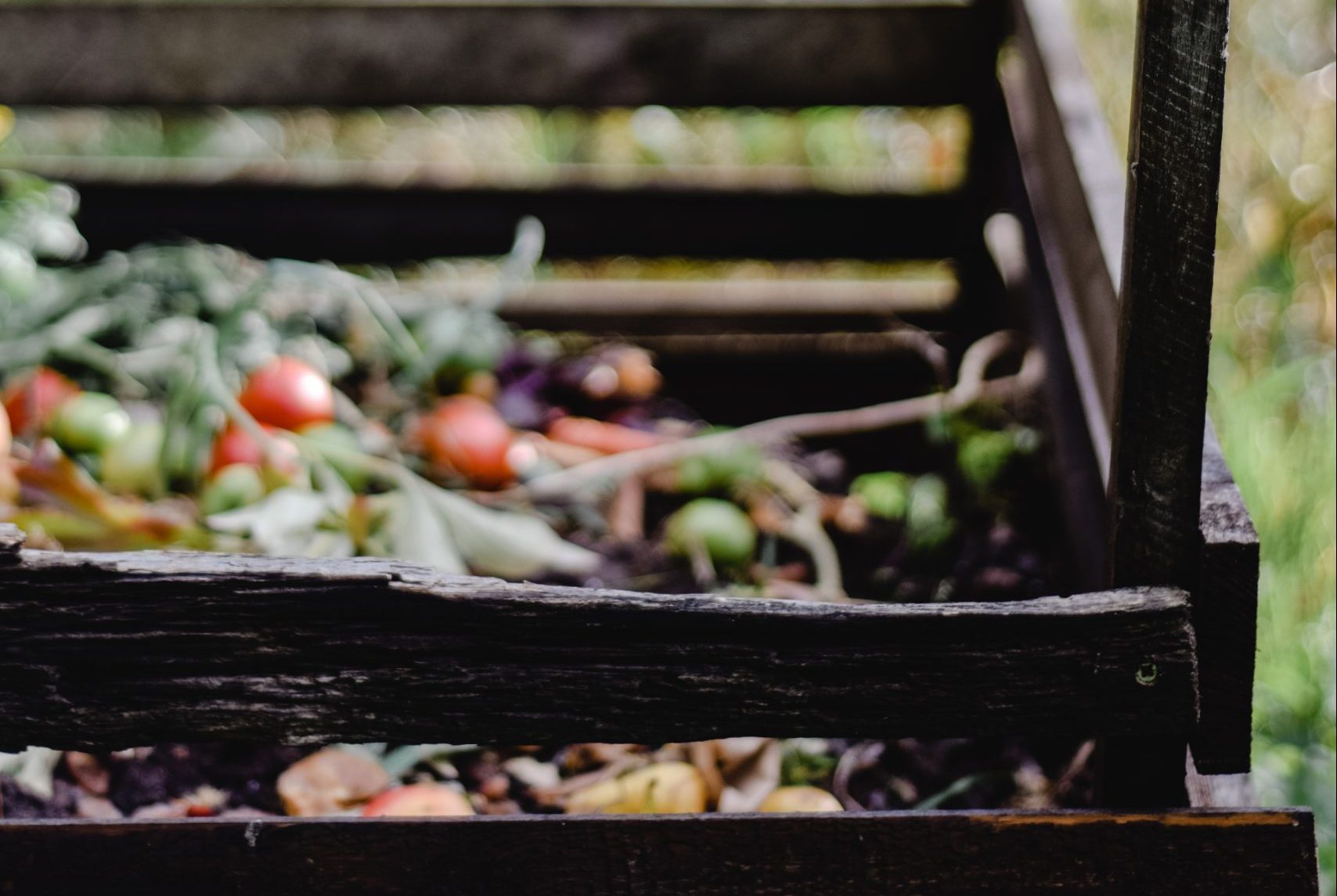

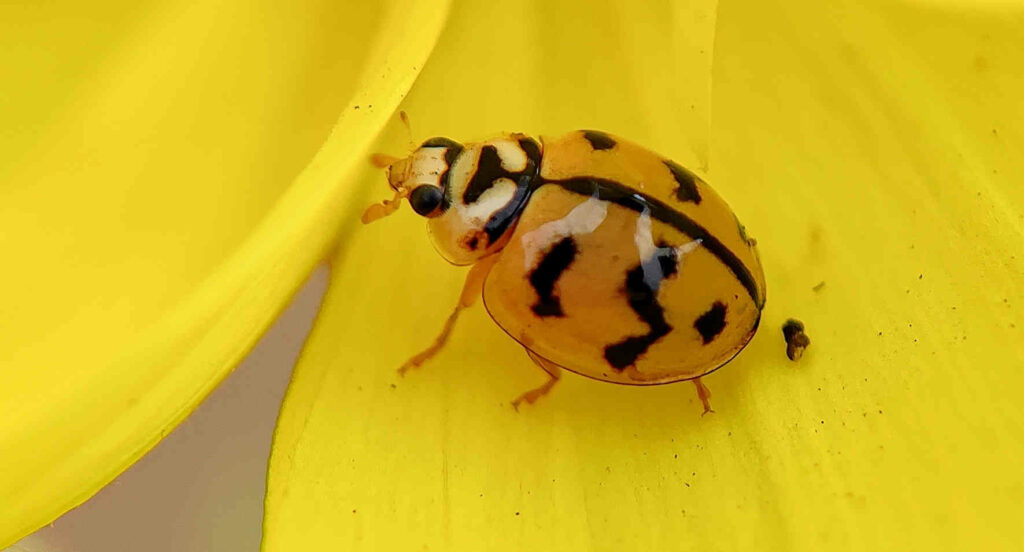
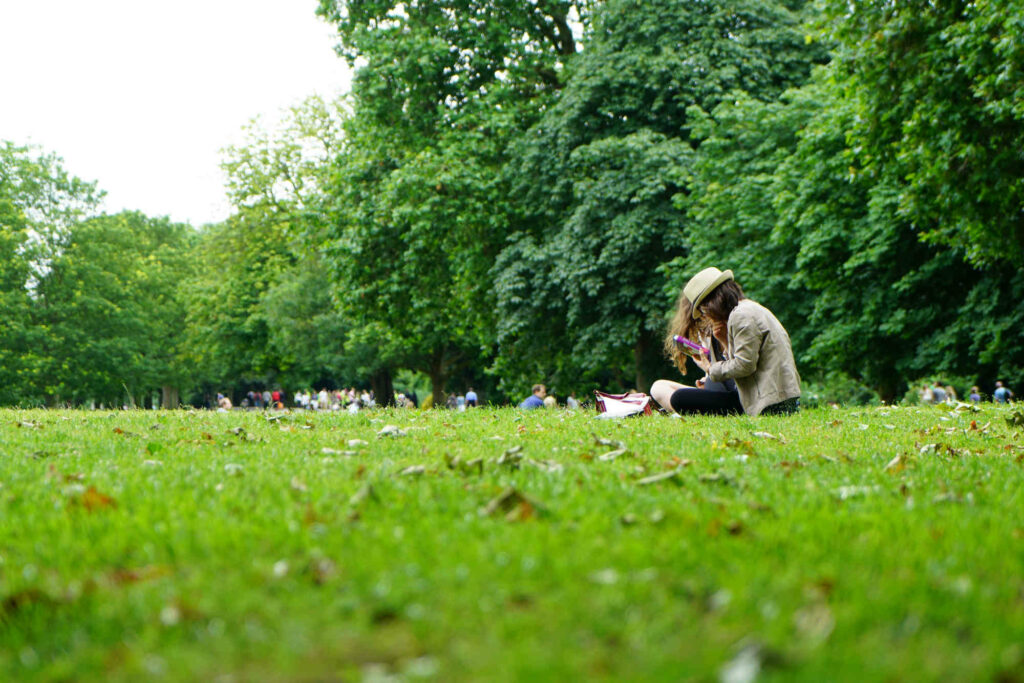

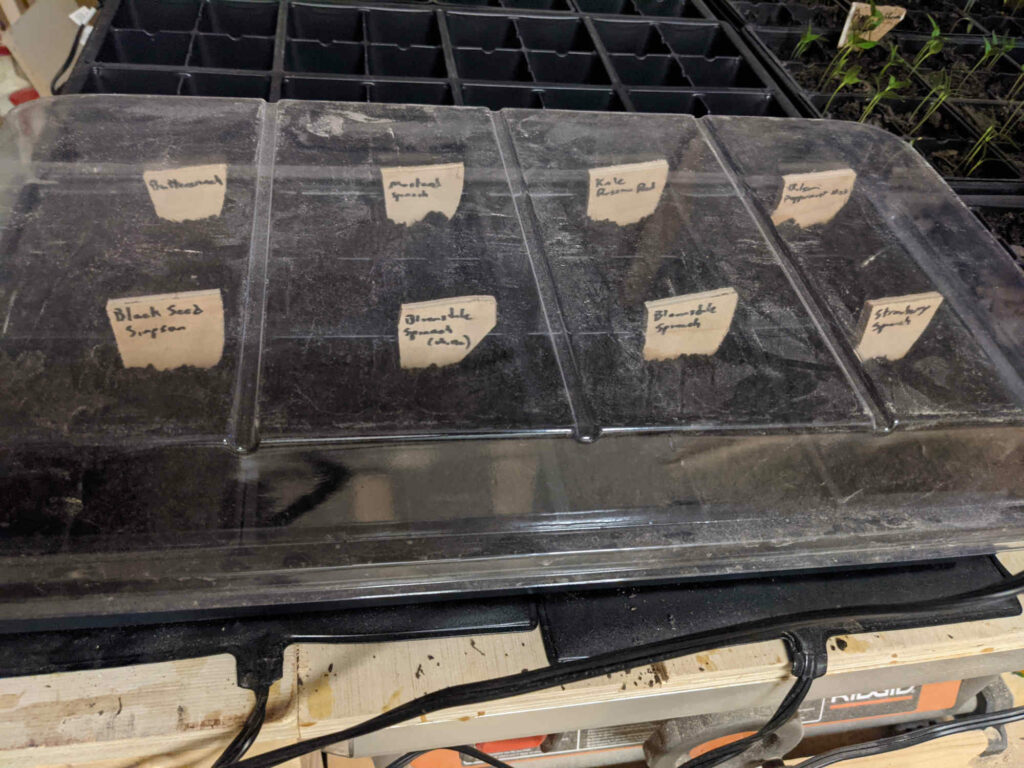
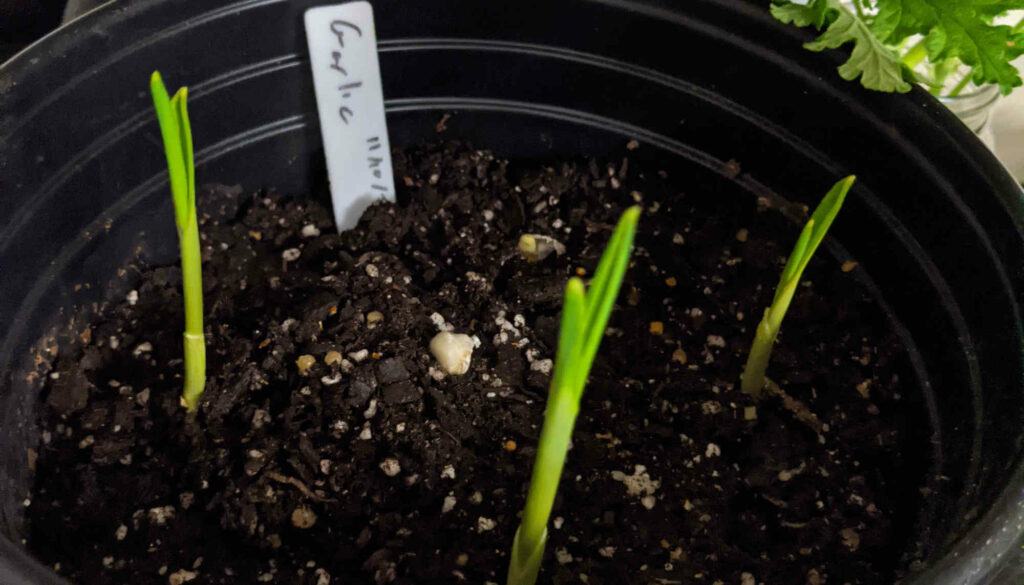
Leave a Reply